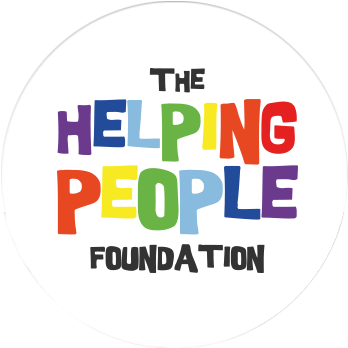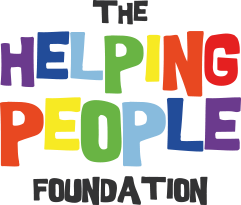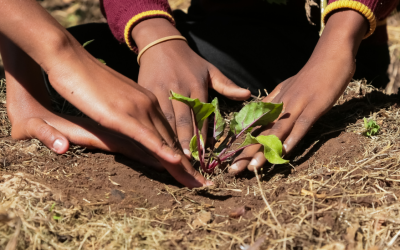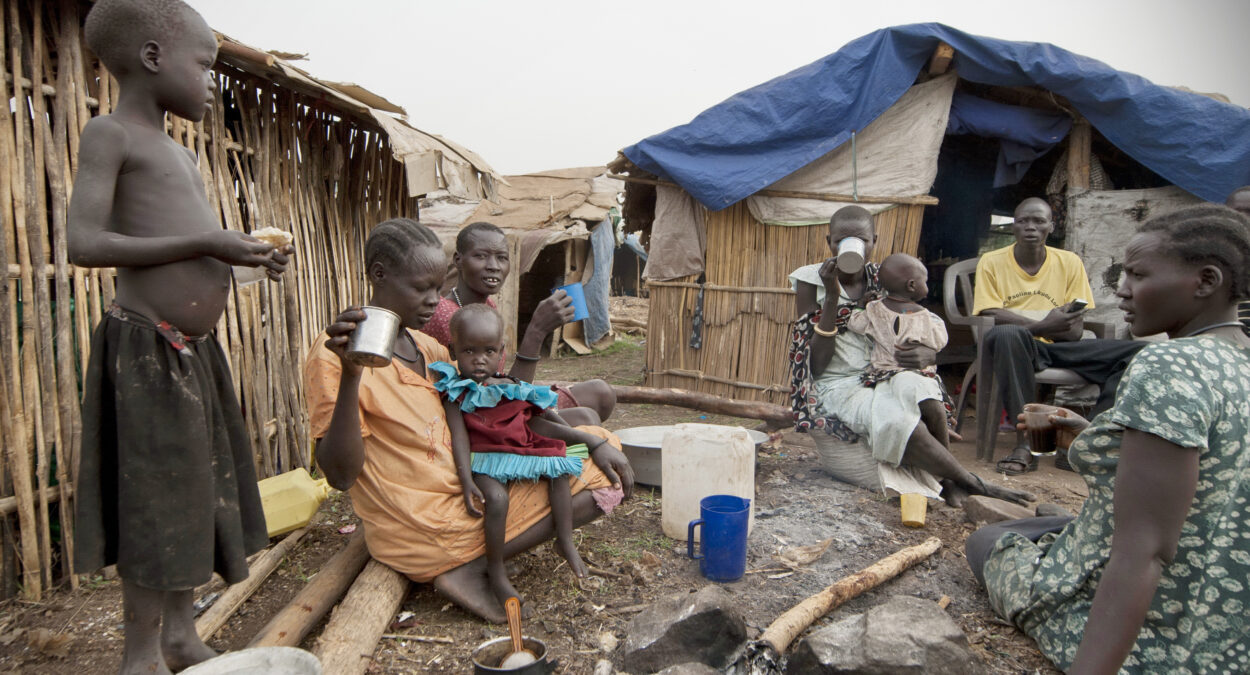CURRENT LIVING CONDITIONS IN SOUTH SUDAN
SCHOOL
It is a far greater probability that a 15-year-old young woman is more likely to die giving birth to her first child than to have the chance to get education and finish school. Schooling is compulsory and free of charge. For higher education, the South Sudanese education system provides for a period of study of four years. The language of instruction is English. Stable teaching has been in short supply for the last 30 years. Only 15% of the population can read and write. A large part of the population lives nomadically and is not covered by the school system.However, a state doctrine indicates that the country's elites should also be educated predominantly in their own country.
The library is hopelessly outdated and consists largely of pirated books of Indian provenance from the 1970s to 1980s. The institutes do not have Internet access or computers. The teachers have obtained their education and academic degrees abroad. The university managers are trying to cooperate with European international institutes – and get funding this way.
MEDICINE
The medical care situation in South Sudan is inadequate. Decades of civil war have left their mark here. There is a lack of clinics, medicines, equipment, doctors and nursing staff. A precarious infrastructure and lack of transport routes make supply all the more difficult in rural areas. In terms of infant mortality, this country is sadly a world leader with 789 deaths per 100,000 births, in addition to one of the highest maternal mortality rates. Two thirds of all deaths in the country are due to preventable diseases such as diarrhoea, malaria or respiratory diseases. The civil war has destroyed almost four-fifths of the health stations. On average, one doctor treats 100,000 patients; in Germany, this figure is just 250. In purely mathematical terms, there is only one clinic in South Sudan for an area the size of Austria.
75% of the population is cut off from an access to basic healthcare. There are foreign aid services without exception behind all infrastructure. Other problems are infectious diseases because of the inadequate water supply and the increasing floods. Diarrhoea, hepatitis, typhoid, cholera, malaria, AIDS are now joined by the COVID-19 pandemic. Malnutrition and low vaccination rates for preventable diseases fuel the situation. According to statistics in 2017, South Sudanese hardly reach the age of 60.
Water
South Sudan is climatically a very dry country. Although there are long rainy seasons, evaporation is very high. As a result, the flow velocity of the water bodies is also greatly reduced. Wherever water accumulates, there is a risk of rapid swamp formation. Like at the lakes, which have no drainage via rivers. First and foremost is the Sudd, one of the largest swamps in the world. As a result of the long-lasting civil war, no significant man-made infrastructure for transporting water could be developed in South Sudan so far. Thus, barely half of the South Sudanese population has access to clean drinking water. Adequate sanitation is available for even fewer people.
The drinking water supply leaves much to be desired, even in the capital Juba. Mountains of jerry cans are omnipresent in the village; it seems as if the population is constantly on its feet just to bring water. The state water and sanitation sector lacks the institutional framework for sustainable supply.There is a shortage of qualified staff and know-how at all levels. The population is largely dependent on the use of untreated, sometimes critically polluted water from rivers, cisterns and sparse springs.
nutrition
Due to the perpetual civil war, more than 1.5 million South Sudanese are almost constantly on the run. There has been a UN-recognised famine in the country since February 2017, with no end in sight. More than 100,000 people are directly threatened by hunger, almost half of the population is continuously dependent on aid supplies from abroad.
The reason is the aggravated security situation. Sustainable agriculture can hardly develop without permanent settledness. Recurrent droughts and increasingly extreme rainy seasons complicate the situation, even for the nomadic people. In December 2021, more than 800,000 people were affected by severe flooding. There is talk of the worst floods in 60 years, which have further aggravated the famine in South Sudan.Over 90% of the population lives below the poverty line. Due to a lack of infrastructure – particularly precarious due to missing transport routes and roads that have been washed away – it is becoming increasingly difficult to reach the suffering people with aid supplies. Since the 1990s, Welthungerhilfe has been in constant operation in the area of South Sudan.

Geography
The Republic of South Sudan is a landlocked country in eastern Africa. Here it borders Sudan to the north and Ethiopia to the east. If we move south-east on the map, we come across Kenya. In the south, the border with Uganda awaits us. To the southwest lies the border with the Democratic Republic of Congo. Finally, South Sudan borders the Central African Republic to the west. Large parts of the vegetation in the Republic of South Sudan are floodplains and marshlands. The most striking marshland here is the Sudd. Further north, the swampy area changes into a solid savannah landscape, which from about the middle onwards leans against the magnificent rainforest zone.
It is the basin landscape of the Nile River and its peripheral mountains that determine the elevation structure. At the western edge of the basin, we find two well-known thresholds: the North Equatorial Threshold and the Central African Threshold. These two important tectonic landmarks form the watershed between the Nile and Congo systems.
The further east you go on the map, the more you move towards the rising terrain of the Ethiopian Highlands. At the border with Uganda, the impressive Imatong Mountains surprise us, with Kinyeti, the highest mountain in South Sudan, rising into the sky from its centre.South Sudan has a humid, tropical climate. The rainy season lasts from April to October, when the temperatures range around 31 degrees during the day and 22 degrees at night. In the dry season, another five degrees are added, and the humidity is always high, fluctuating only slightly around 75 percent. The rainfall frequency is significantly lower in the north than in the south. Here, the landscape is dominated by tropical rainforests, while savannahs and dry forests predominate in the north.
WHAT THREATENS THE PEOPLE OF SOUTH SUDAN?
In summary, there is only one apt description for the situation in South Sudan today: All-encompassing “humanitarian disaster” in every sense. The whole country is mired in civil war and has been starving for decades, with no relief in sight. South Sudan is the scene of the world's largest refugee crisis, with a third of the population permanently on the run, in addition to conflict and misery refugees from neighbouring countries. More than eight million people are therefore permanently dependent on aid. The consequences of the deplorable supply situation and inadequate infrastructure do the rest. For example, the population in South Sudan is suffering from three simultaneous crises: Climate crisis, health crisis, armed conflicts. And, as always, it hits the weakest. Most likely the children, who are at risk of malnutrition and undernourishment. Women and girls are particularly often helplessly exposed to the arbitrariness of marauding gangs of the conflict parties. In addition to aid from abroad, what is needed above all is a government that is capable of acting. But South Sudan is still a long way from that.

History
In antiquity, the sparsely populated South Sudan was little or not perceived at all as an area, simply as a land situated to the right and left of the Nile, hardly influenced by the Egyptian culture. Nilotic people of the Dinka, Nuer and Shilluk are said to have been the first to migrate to South Sudan in the 10th century. In the 16th century, they were followed by the Azande, who established the most powerful orderly state here for a long time. The population of South Sudan remained predominantly self-reliant and attached to their traditional religions.
For centuries, South Sudan formed the border of the advancing Islamisation of Northeast Africa, and from the East for Christianisation from the direction of Ethiopia. The real history of the country begins with the colonial history of the past two hundred years. Around 1820 came the conquest by the Ottoman Empire, starting in Egypt. The main focus and driving source of income of the colonisation policy was slavery, which is still the basis of all ethnic conflicts between the North and South Sudanese people today. At the time, the South was literally plundered by the North.
At its peak in the 1870s, the province of Equatoria was established, with borders extending to the African Great Lakes. The Egyptian state bankruptcy in the following years led to a growing influence of European powers under the domination of Great Britain, also with the aim of stopping the slave trade in the medium term. As first civil war-like confrontation, this was promptly followed by an uprising of slave traders, which was not put down until 1880, without any substantial goals having been achieved beforehand. At the beginning of the 20th century, South Sudan and Egypt came under British colonial rule.
Together with Egypt, the British had the greatest influence on the three southernmost provinces of Bahr al-Ghazal, Upper Nile and Equatoria. In the interest of complete abolition of slavery and to keep the peace, all Arab influences from the north were pushed back; but this also suppressed any modernisation. The first plans for decolonisation therefore already envisaged two independent states, with the less developed southern part being attached to the British colony of East Africa and thus to present-day Uganda. Emerging conflicts over this soon led to a war against the colonial power, and thus also to a progressive secession movement south against north. The British withdrew from Sudan in 1956, releasing a divided country into independence. The conflict is still smouldering today, but has already yielded some autonomy status for South Sudan against the north, culminating in South Sudan's declaration of independence on 9th July 2011.

Economics
The country's traditional primary production, livestock and arable farming, has suffered nothing but setbacks in the past. The yields from millet cultivation and from the cattle herds are not enough even for their own needs. In addition, there are numerous refugees from neighbouring countries, who also have nothing but the need to be provided for. Without help from abroad, nothing can be done here. Basically, however, South Sudan is a very rich country, as more than 80 percent of the oil reserves have been identified in the south. But there is a lack of funds and know-how to carry out the extraction in the first place and to initiate the export.
Without deep-sea ports, infrastructure and trade routes – there is not even a continuous railway in the country – South Sudan is completely dependent on the aid from the north. Constant conflicts arise over the use of the north's pipelines.Here, the north already started to divert oil for a “user fee” – the South promptly stopped production for a whole year. A constant up and down in the oil policy provides the South with only sparse, fluctuating revenues, even though its national budget is 98 percent dependent on the oil business. Agreements with neighbouring countries, such as Kenya, promise improvement.
Sources:
auswaertiges-amt. South Sudan: Profile; URL: https://www.auswaertiges-amt.de/de/aussenpolitik/laender/suedsudan-node/suedsudan/244262 (last accessed 31.01.2022)
GIZ. Deutsche Gesellschaft für Internationale Zusammenarbeit (GIZ) GmbH; URL: https://www.giz.de/de/weltweit/313.html (last accessed 31.01.2022)
Maltese International. Order of Malta Worldwide Relief. Country info; URL: https://www.malteser-international.org/de/hilfe-weltweit/afrika/suedsudan/suedsudan-sichere-ernaehrung-wasser-und-hygiene.html (last accessed 31.01.2022)




